Over the last five centuries, Mughals, British, Soviets, and Americans won many conventional campaigns in Afghanistan but were not very successful in the unconventional ones. Taking a comprehensive view of the troubled history of the region, and with a narrative revolving around three interrelated concepts—weak state, great power rivalry, and counter-insurgency—this book provides a political and military account of war in Afghanistan, both conventional and unconventional, from the sixteenth century to present times.
The book covers wide-ranging aspects such as empire building and military operations in the region in the pre-modern period, regular and irregular warfare during the British era, as also the Russian intervention and the emergence of the fragile ‘rentier state’ after the Second World War. It further examines the recent American and NATO activities and the changing character of conflict in the twenty-first century.
With a special emphasis on ecology, terrain, and logistics, and through an analysis of Afghan tribal communities, their social structure and institutions, and their effective use of guerilla warfare, this book explores in depth the trajectory of state building in Afghanistan.

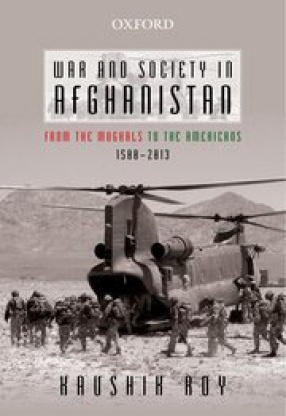
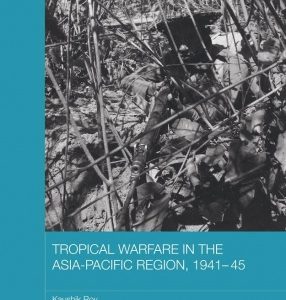
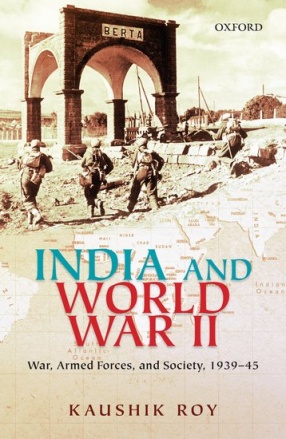
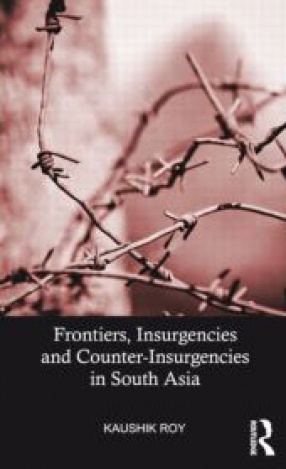


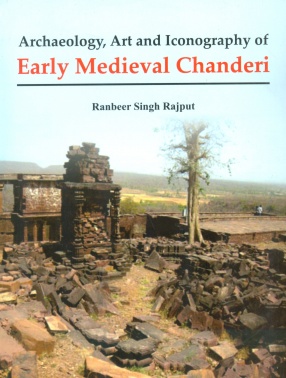
There are no reviews yet.